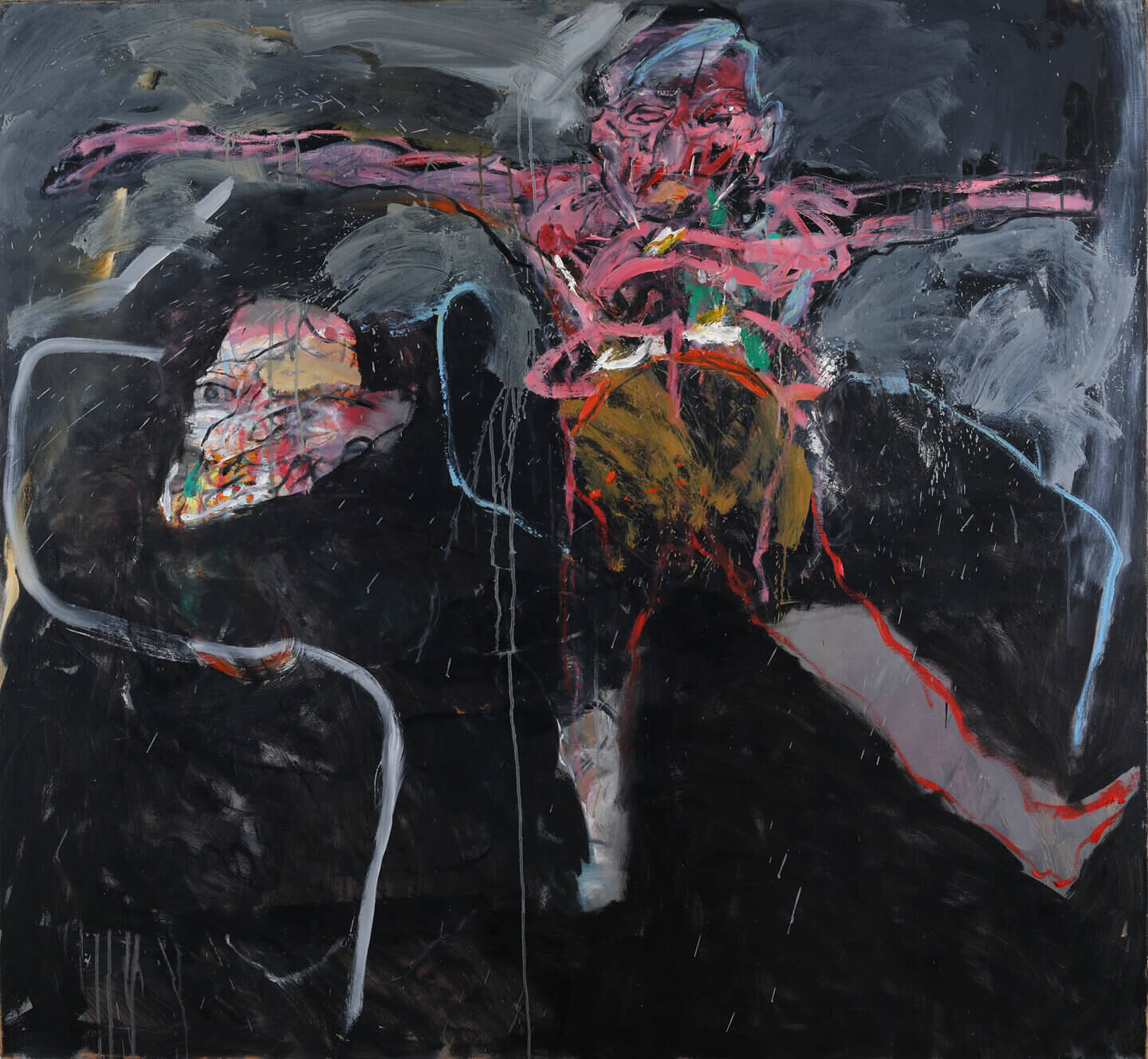Bahram Hajou
/ Adel Dauood
Opening / 26.04. / 18.00-21.00
Exhibition / 27.04. - 15.06.
Benjamin Eck Projects
Müllerstraße 46a / München
Google MapsFacebook EventBAHRAM HAJOU
– AN ARTIST LIKE A SEISMOGRAPH
Bahram Hajou's path to painting was a winding one. He was born in 1952 in Deruna in northern Syria. In the 1970s, Bahram Hajou went to Iraq to study civil engineering in Nauperdan and Sulemanie from 1972 onwards. Just a year later he moved to Baghdad to study art there. Because of the war, he fled from there via Prague to Berlin in 1974.
From 1976 he studied archeology in Münster, first at the University of Münster, then moved to the University of Education to study sport and art from 1977. In 1983 he completed his studies at the University of Education and graduated. After a short interlude at the Gelsenkirchen comprehensive school in Ückendorf, he devoted himself entirely to fine art from the beginning of the 1990s.
He studied at the renowned Düsseldorf Art Academy, in the department in Münster, Westphalia. After receiving his diploma, he became a master student of Prof. Norbert Tadeusz. Bahram Hajou had his first exhibition in 1983 at the museum in Bochum.
Bahram Hajou has long been an internationally recognized artist and his paintings are in demand. He lives and works in Münster.
Work trips also take him to New York and Paris.
He has a large, light-flooded studio in the Hawerkamp cultural area in Münster, where more than 40 artists work. The small and wiry man can be found there every day. As a trademark, he wears a classic fedora hat made of brown felt in summer and winter. He rarely takes it off, even in the studio it always stays on his head. This means he stands out and is easy to spot in a group of people.
His paintings are celebrated internationally. In 2014, he was awarded the Henry Matisse Prize by the Château Musée Grimaldi in France. Almost overnight he became a star in the French media and even the major daily newspaper Le Monde dedicated a full-page report to him.
Bahram Hajou is considered one of the great figurative painters of our time. And there is hardly an artist from Münsterland who has so many international contacts and whose paintings are exhibited in so many countries.
Hajou sees himself as a global citizen. He is at home in France as well as in Jordan, Bahrain and Lebanon. He exhibits in Poland, Hungary and the USA. The language of his paintings is understandable all over the world and in all cultures. Many of his paintings cause consternation, especially when Hajou deals with forms of subjugation and violence as well as the relationship between men and women.
The artist clearly traces his own experiences and experiences in his relationship pictures. The couples and groups shown in his paintings appear as if they were in the middle of a psychotherapeutic family constellation. The psychological dimension of his paintings is the result of a ruthless self-analysis. Postures and positions bear witness to the inability to speak and love. You can feel the effort the actors are making to communicate. One person gives the other the cold shoulder, bows down, devastated or overwhelmed, sinks into loneliness and melancholy.
creator. As an artist, Bahram Hajou is like a seismograph who perceives tensions - regardless of whether they are private or political.
Since the mid-1980s, Bahram Hajou has had well over 90 exhibitions at home and abroad. His stops included Dubai, Riyadh, Damascus, Krakow, London, Vienna, Budapest, Puebla (Mexico), Paris, London, Antwerp, Graz and New York.
His work is presented in many museums. Since 2012, five large-format paintings with which he deals with violence against women have been hanging in the Qatar Museum. They are political works that take a position. The Emir's wife chose and bought this after an exhibition, as if she wanted to indirectly express her stance on the role of human rights in her own country.
Dr. Jörg Bockow
ADEL DAUOOD
Modern art knows no borders; it is a reflection of the all-encompassing globalization and internationalization. The painter and illustrator, who comes from Syria and lives in Vienna, accepted the invitation and made a statement.
Adel Dauood is not a chronicler of a tragedy of a country or its life; rather, he shows the contradictions in human existence through his works. By painting a picture, he becomes aware of concrete connections and creates the idea of a fighting, defending, curious and vital artist for the viewer.
»Adel Dauood's pictures come from the mental reality, in which reality is mixed with memories from the past, the all-dominating present and the fears of expectation, that is, the future.

O.T.
2024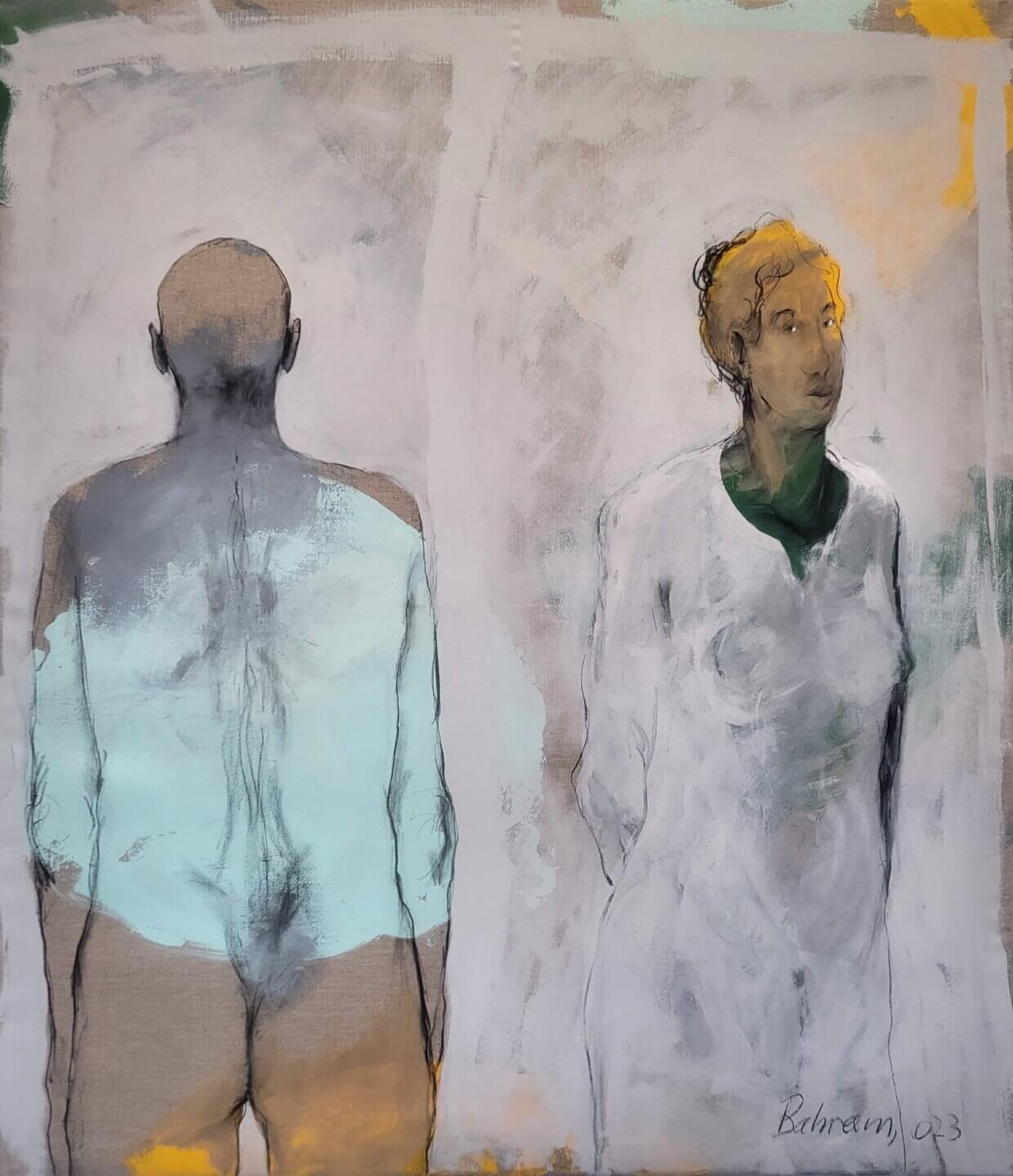
O.T.
2024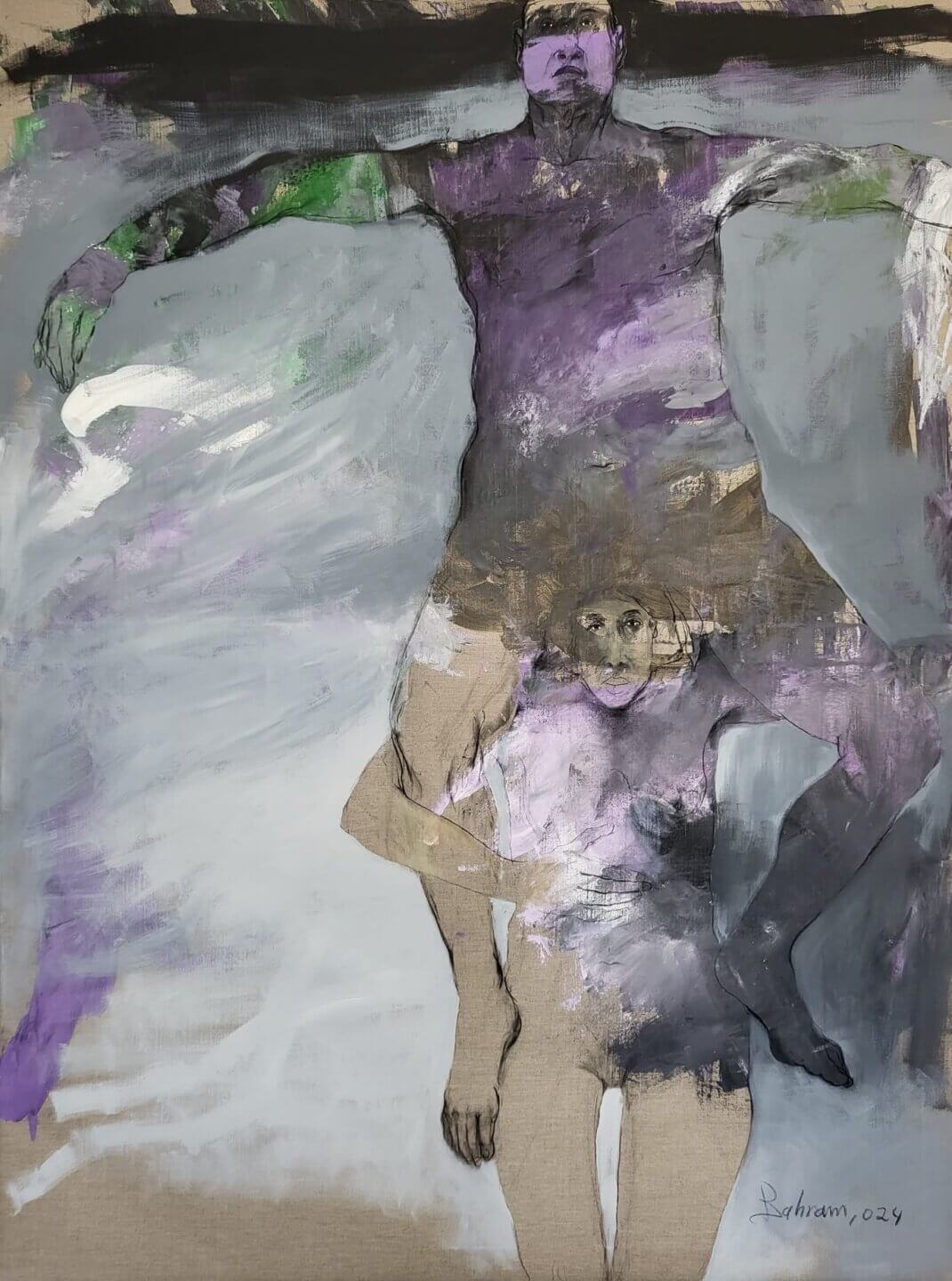
O.T.
2024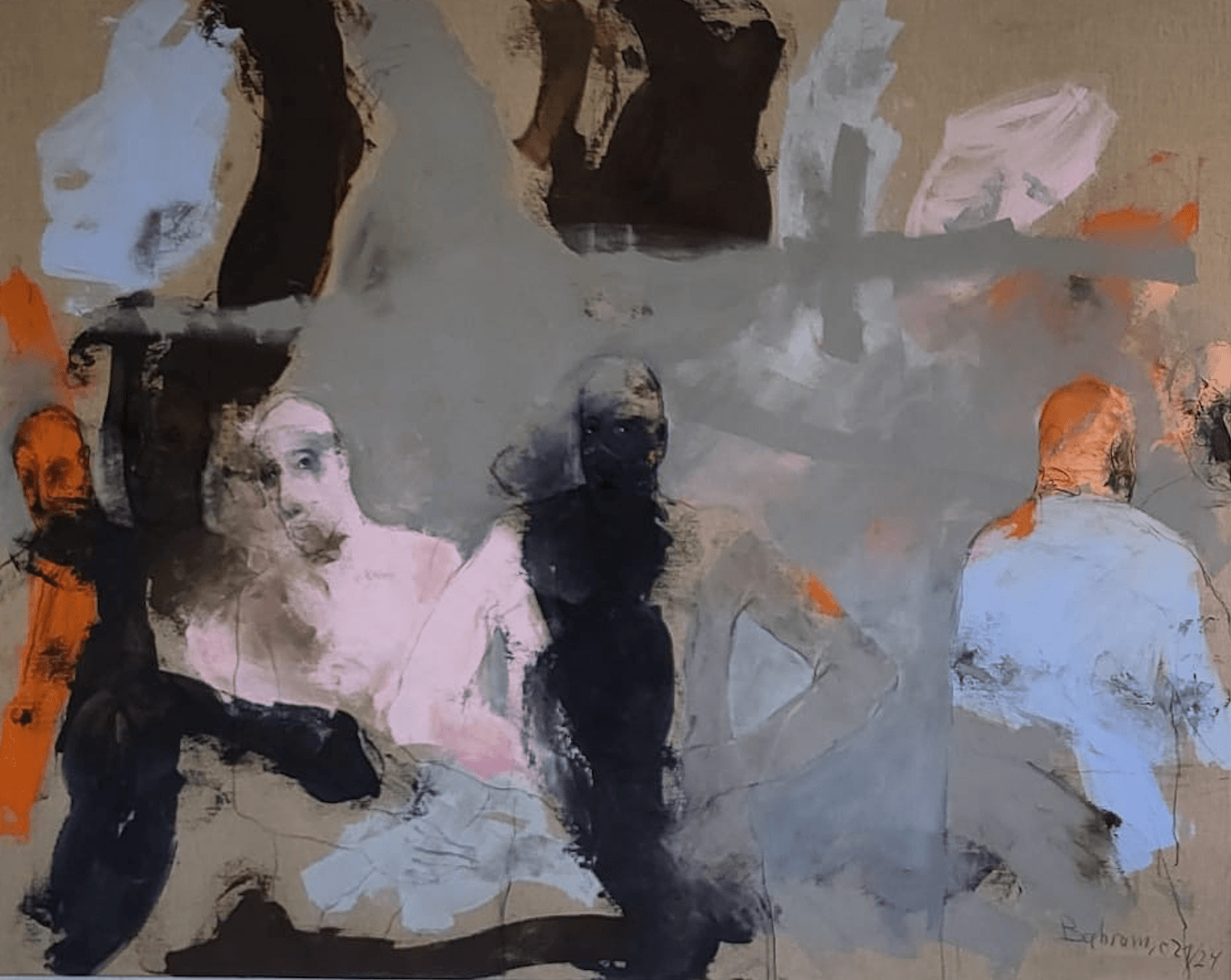
O.T.
2024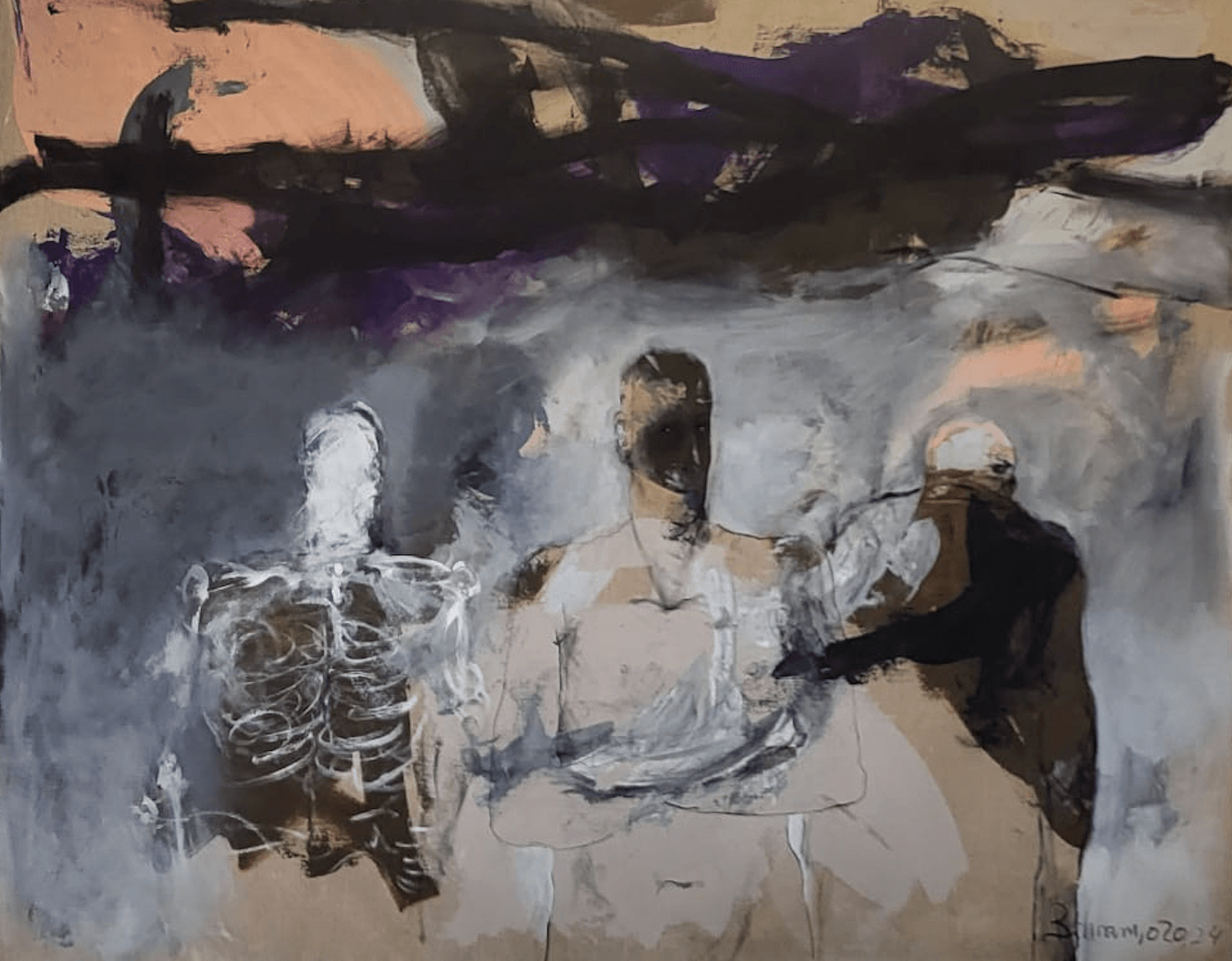
O.T.
2024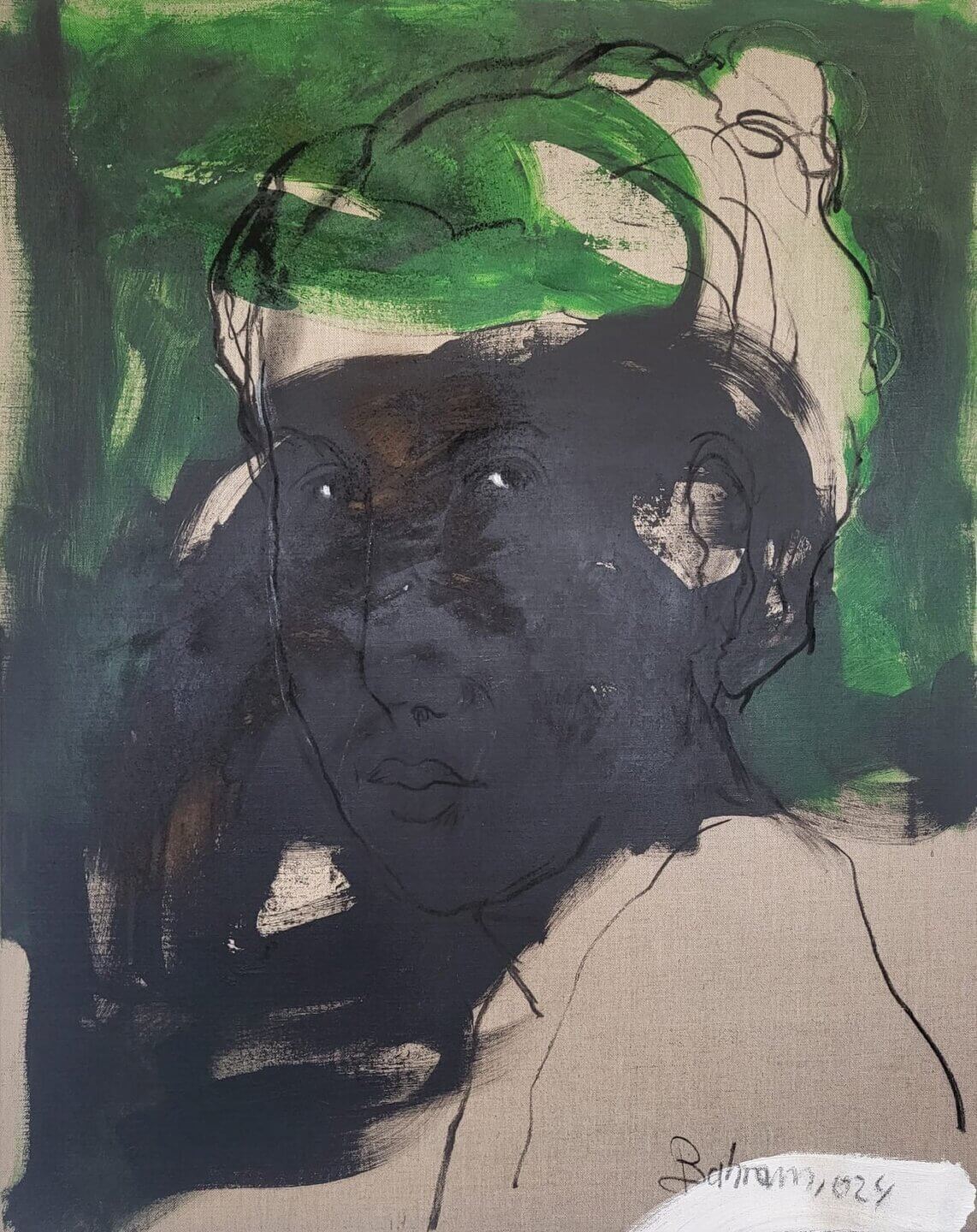
O.T.
2024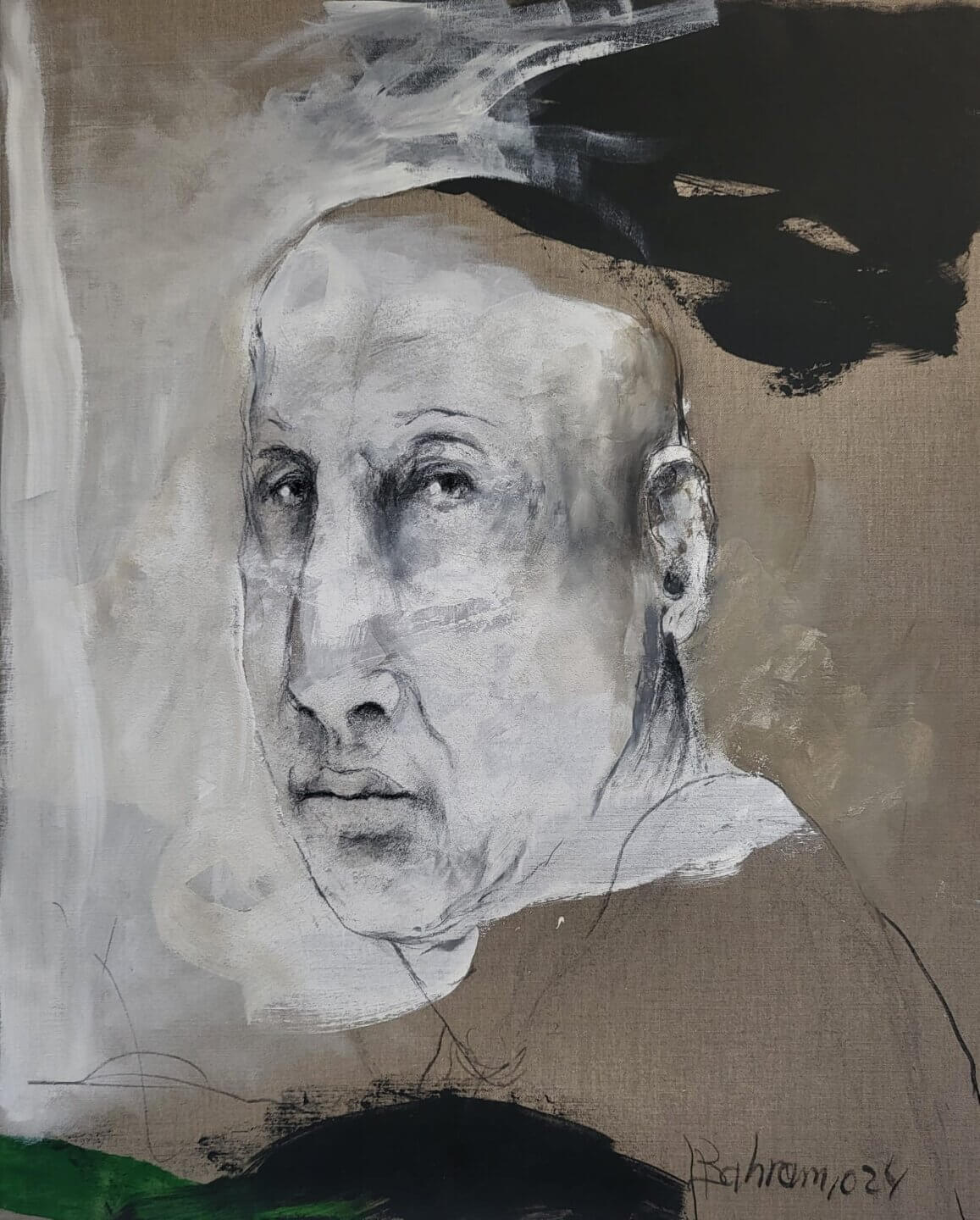
O.T.
2024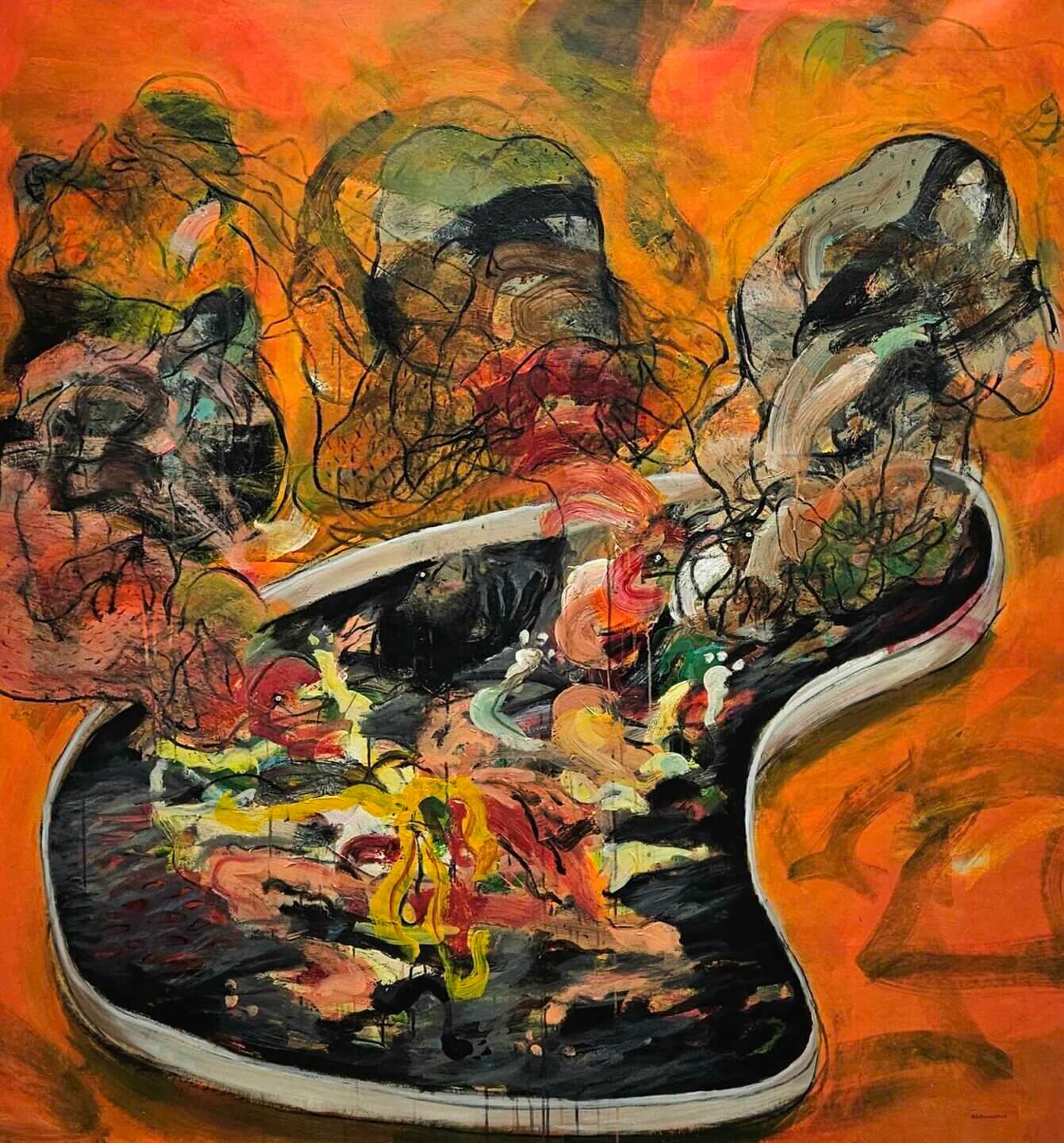
Das Letzte Abendmahl
2024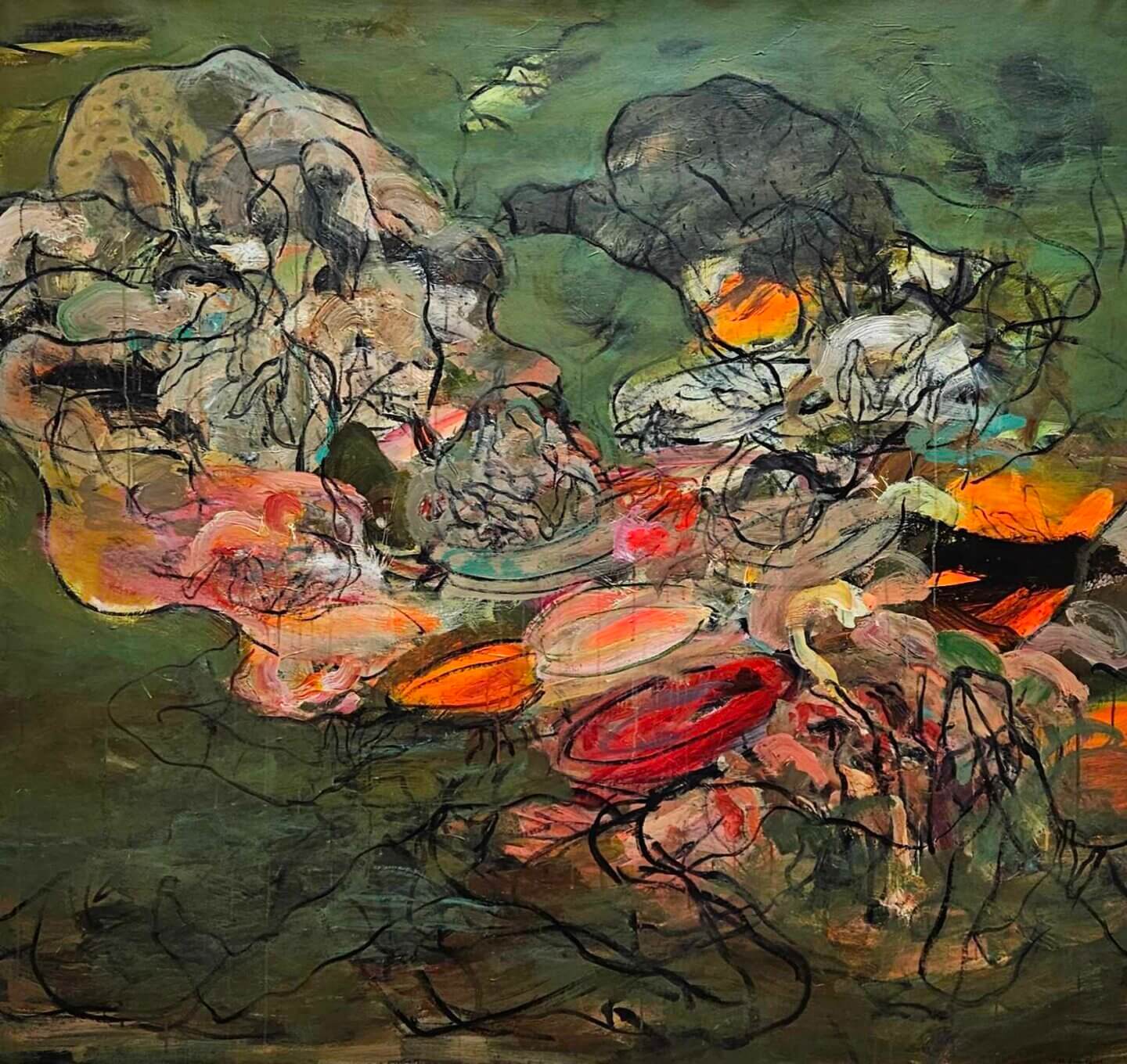
Konflikt 2
2024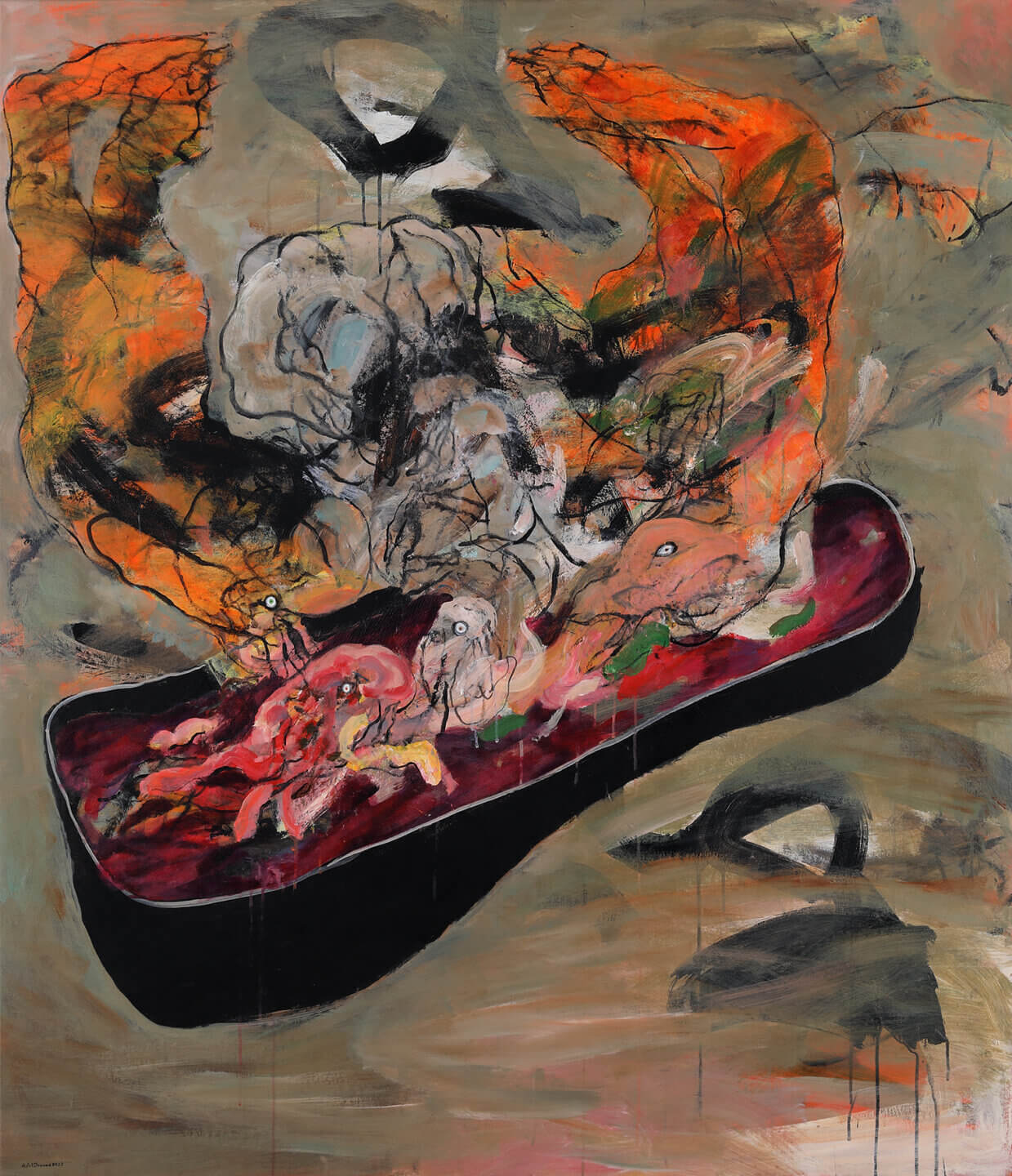
Das letzte Abendmahl
2022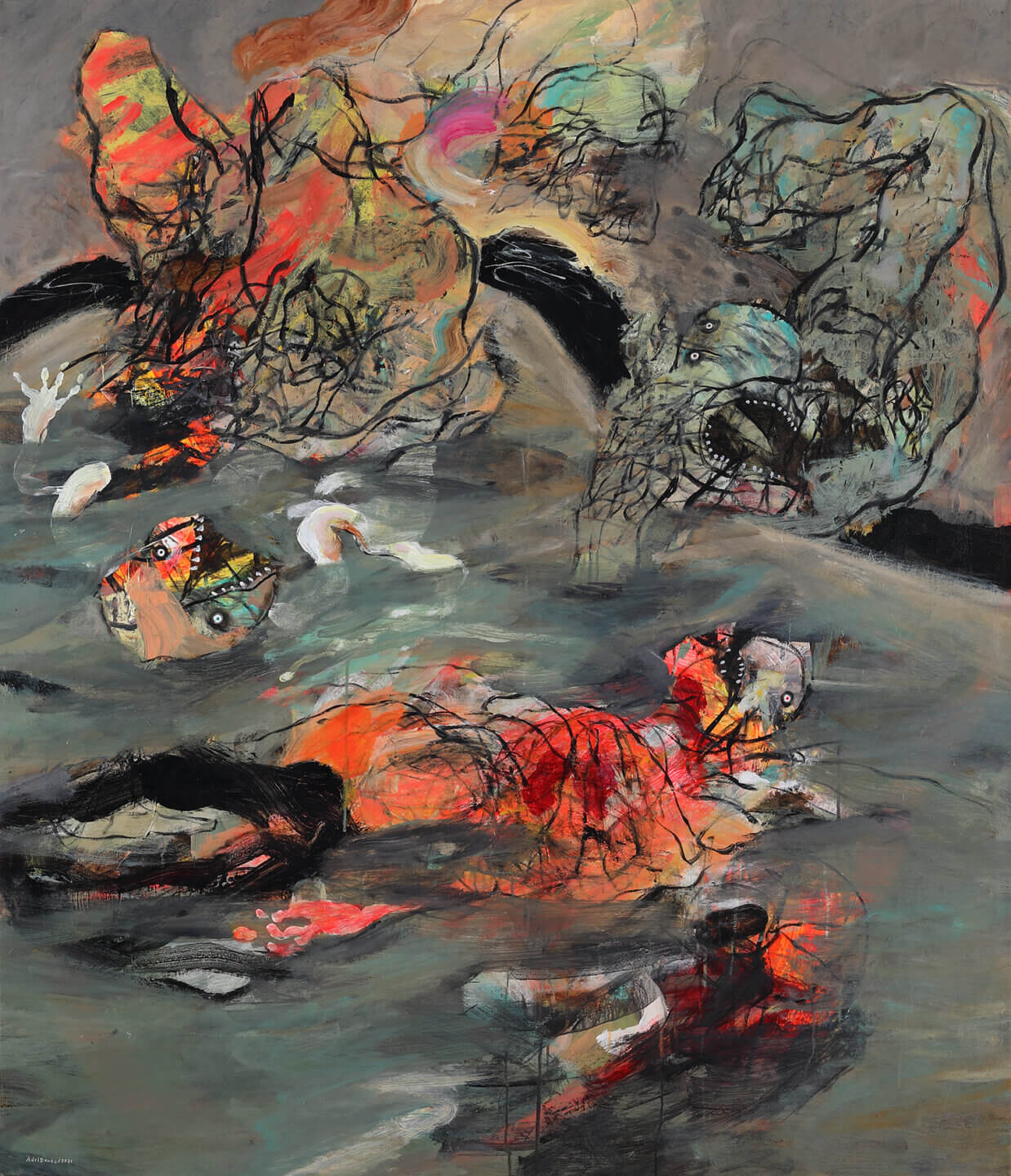
Aus
2021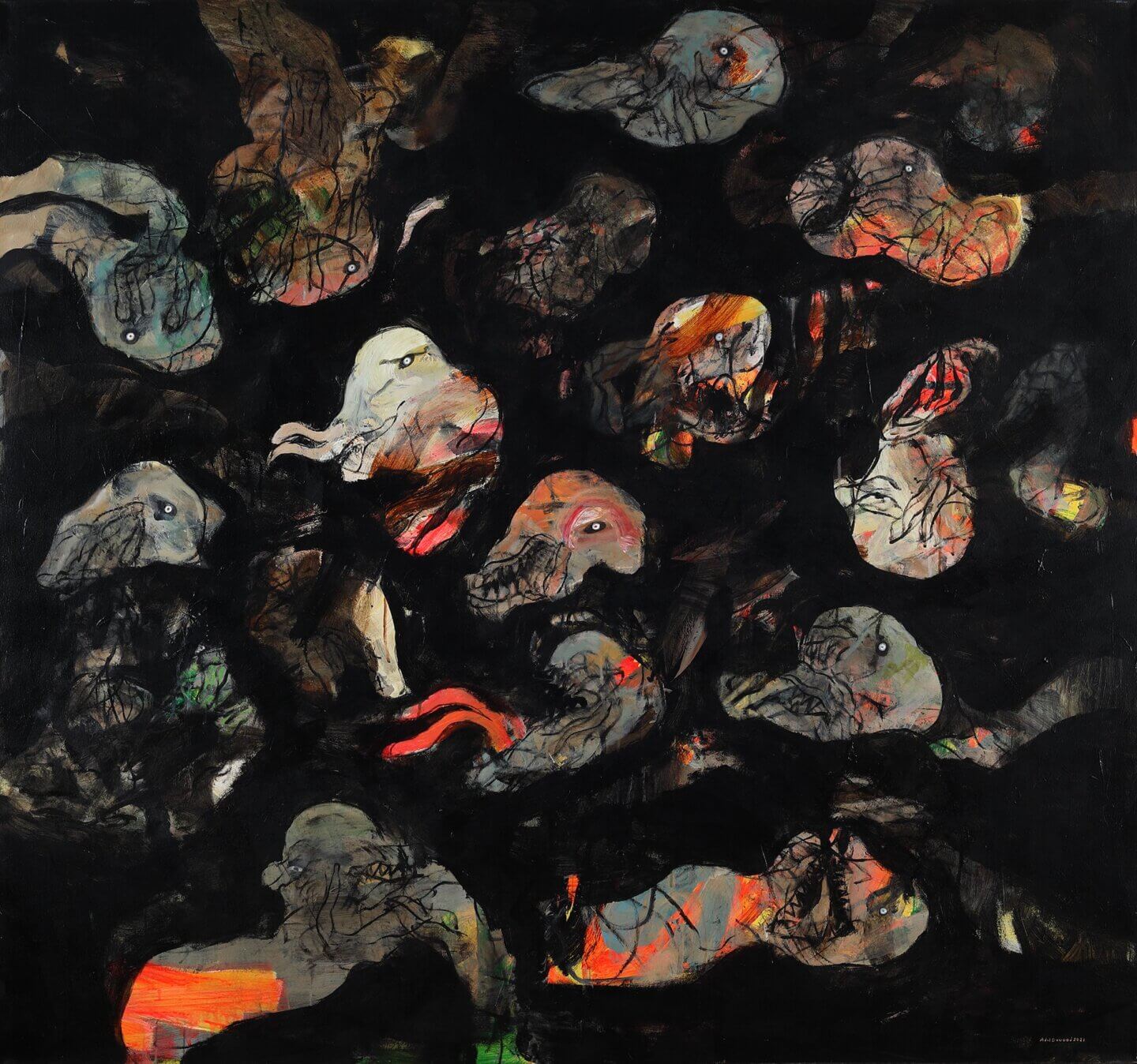
Blinder Wind 3
2021